If you are into the apparel business or just a knowledge enthusiast browsing about various fabric kinds, you have stopped at the perfect spot. To increase your information, every fabric holds diverse properties that make apparel products special in a certain way.
For example, cotton offers breathability and lightweightness, which are good for summer clothing. The same is the case with other types of fabrics. However, all it takes is a skilful and efficient clothing manufacturing process to shape apparel products using the fabric types.
In order to cater to your knowledge, I have come up with briefings about 11 different types of fabric you should know about. Let’s discuss all of them one by one.
Cotton
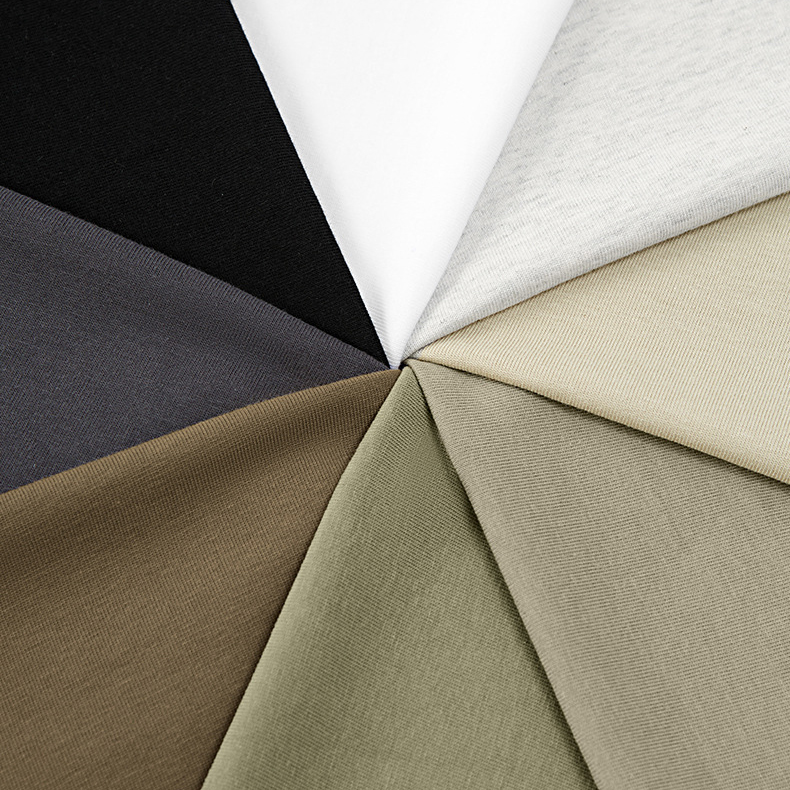
Cotton is an organic material that can be knitted as well as woven into different fabrics. This material is suitable for different kinds of clothing items like t-shirts, pants, trousers, etc. Cotton is also used in making house necessities like pillows, pillow covers, curtains, and so on.
Significant facts about cotton include its inexpensiveness, breathability, versatility (mixed with other fabrics), and durability. However, cotton shrinks, so it is advised to wash it before wearing it.
Linen
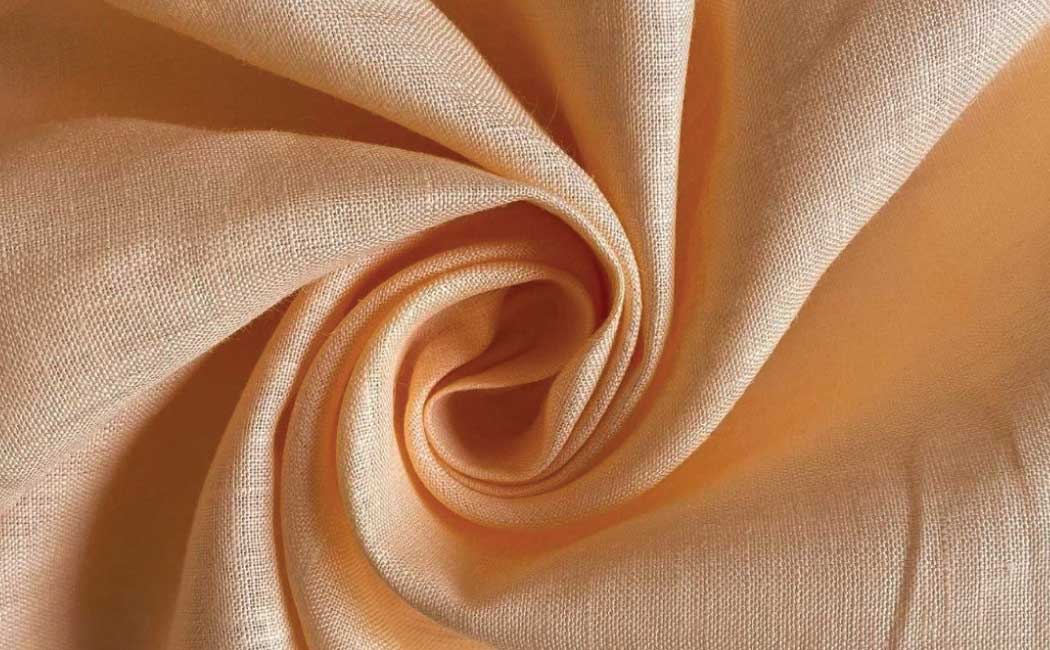
Linen is considered to be the ultimate summer material since it offers a great breathability factor. This fabric is commonly used in crafting bedding, pants, blouses, skirts, and apparel outfits. Its laid-back aesthetic also renders it ideal for interior design applications, such as upholstering items like pillows.
The pros of linen include good ventilation, high insulation, durability, and quick drying ability.
Wool

Wool comes from the fleece of sheep, which plays a role in the manufacturing of winter clothing. Known for its ability to insulate, bounce back, and stretch, wool goes through a journey from being sheared to being woven or knitted. This intricate process produces garments that are long-lasting.
Thanks to its properties, wool is highly favored for creating clothing items such as sweaters, coats, suits, and outerwear.
Silk

Silk is a naturally extracted fabric from silk worms. It is considered one of the most expensive fabric types. The reason why silk is costly is because it offers elegance, luxury, and an amazing feel. The texture is smooth and highly efficient.
The best properties of silk indicate temperature regulation, which allows the body to stay cool in warm weather conditions and warm in cold climatic conditions.
Silk also has hypoallergenic properties that prevent allergic reactions, which makes it perfect for every outfit. It absorbs moisture and keeps the body dry. Overall, silk is the fabric of every season.
This fabric is used in the manufacturing of various clothing products like lingerie, scarves, dresses, and many others.
Moreover, the versatility of silk allows it to be easily dyed and printed. This feature is best for applying a wide range of designs and colors. You can achieve these eye catching customizations with the help of a bespoke clothing manufacturer.
Viscose
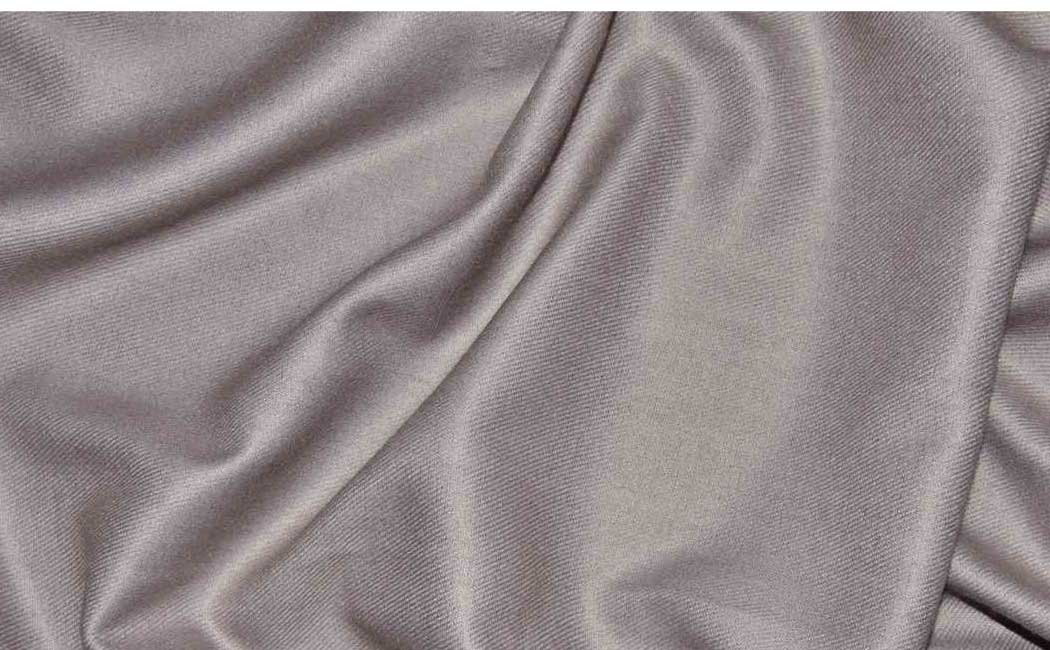
Viscose is also known as rayon, or a type of rayon material that is a semi-synthetic fabric. Viscose is a very popular fiber in the apparel industry due to its soft texture and affordability. Mostly, scarves, blouses, and dresses are manufactured using viscose fabric.
This material is a perfect choice for making summer clothing because of its high ventilation and breathability features. An interesting thing about viscose is that it can mimic the texture of other fabrics like cotton, silk, and even wool.
Polyester
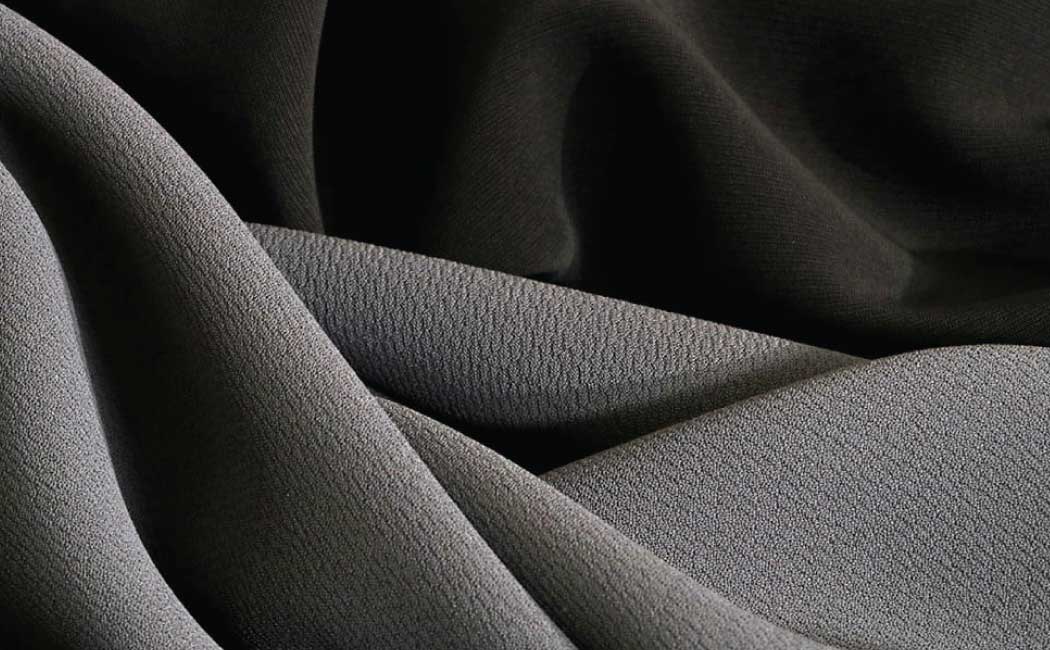
Polyester fabric is synthetic as it is created from petroleum. This material is commonly used in sportswear, but it has also been proven to be a good choice for casual wear. The promising quality of this material is its wrinkle-free texture.
Also, this fabric is lightweight, dry’s quickly, and is moisture-wicking, making it suitable for summer clothing. Lastly, polyester is very durable and can withstand multiple washes.
Hemp
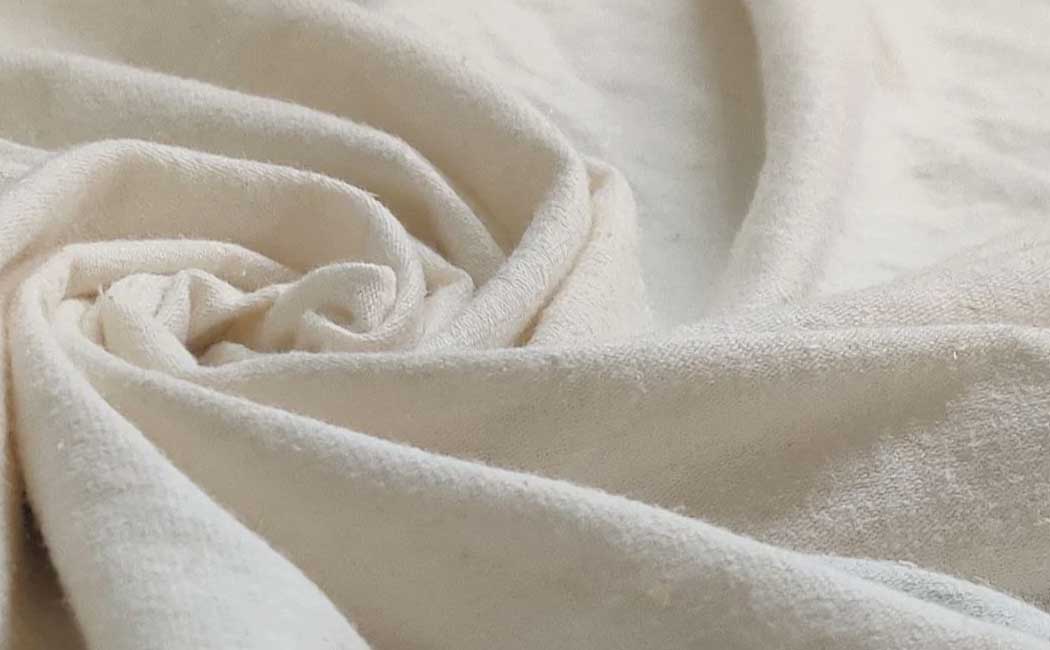
Hemp is a natural material sourced from the fibres of the Cannabis sativa plant’s stalks. This fabric is used in making hoodies, shorts, shirts, pants, and trousers in the clothing industry. All in all, hemp is a fine choice for summer wear.
Moreover, hemp exhibits natural resistance to bacterial growth, offers exceptional breathability to prevent odours, and boasts four times the strength of cotton, maintaining its durability even after washing.
Additionally, hemp retains colour more effectively than other fabrics, contributing to its vibrant and long-lasting appearance. Notably, hemp’s cultivation requires less water, making it an environmentally conscious choice.
Mesh

Mesh is mostly created from synthetic materials like polyester, spandex, or nylon, which enhance its durability. Aside from durability, mesh demonstrates promising resistance to wear and tear. Interestingly, mesh is used in making beekeepers’ suits and protective apparel products.
Also, nylon mesh is good for crafting delicate sewing garments, night gowns, and elegant dresses.
Crepe
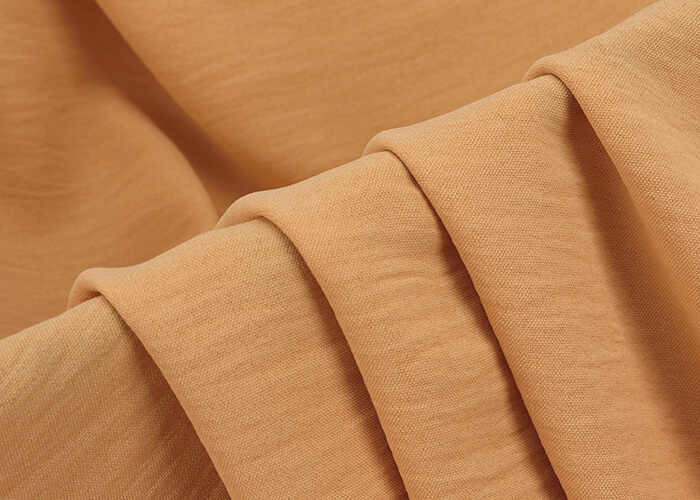
Crepe is initially crafted from silk, sometimes also called chiffon. In contemporary fashion, it has become the preferred choice for a wide range of garments like scarves, robes, and various lightweight apparel products.
On the other hand, wool crepe is known for its long-lasting ability compared to silk crepe and is suitable for heavier clothes such as sweaters and dresses.
Jersey
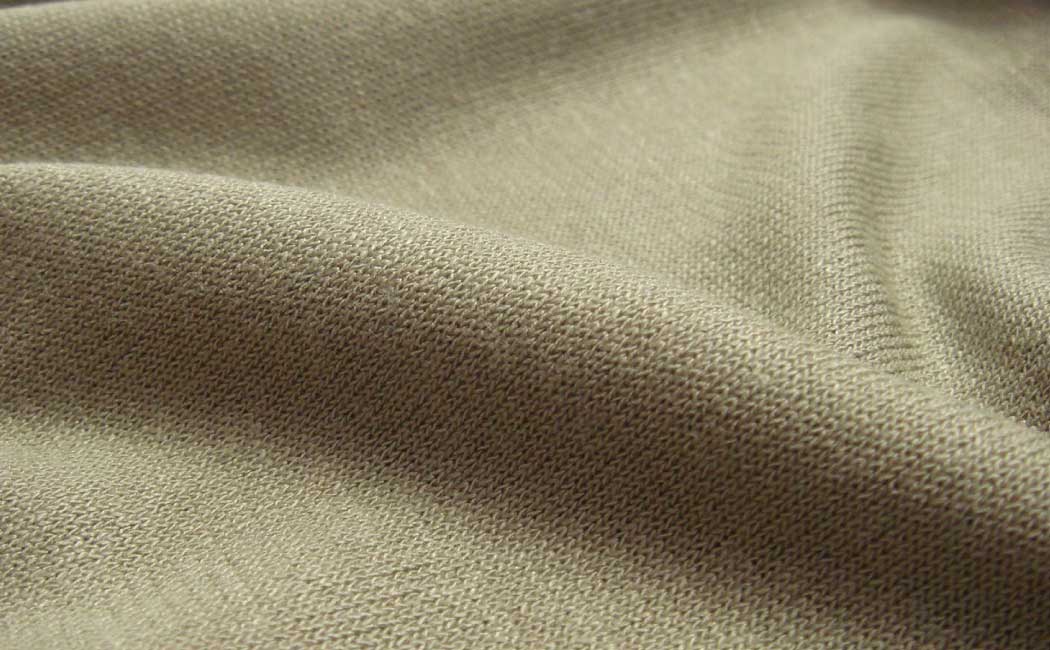
Jersey was initially crafted from wool but has evolved to incorporate wool, cotton, and various other synthetic fibers in its composition. Today, jerseys stand out as a very popular and adaptable material.
It is commonly used in crafting t-shirts and tank tops. The knit fabric, known for its opacity, stretchiness, and absorbent qualities, is a preferred choice for creating comfortable and practical shirts.
Jersey was initially crafted from wool but has evolved to incorporate wool, cotton, and various other synthetic fibers in its composition. Today, jerseys stand out as a very popular and adaptable material.
It is commonly used in crafting t-shirts and tank tops. The knit fabric, known for its opacity, stretchiness, and absorbent qualities, is a preferred choice for creating comfortable and practical shirts.
Spandex

Spandex fabric also goes by the names Lycra and Elastane and has very good flexibility. This fabric is mostly employed in manufacturing underwear, socks, bras, shorts of various kinds, yoga leggings, hiking clothes, professional suits, athletic wear, and many more types of activewear clothing.
Moreover, spandex is the preferred choice for form-fitting garments. As for its lightness and efficient moisture-wicking capabilities, this material maintains its flexible nature even with frequent use.
Interestingly, spandex is among the favourite materials of athletes and gymnasts because of its low heat retention and ability to provide a snug fit without causing pressure or tightness.
